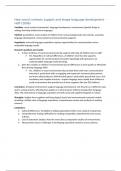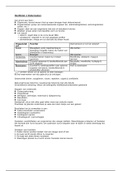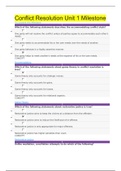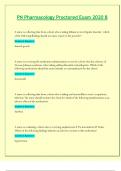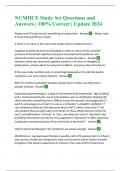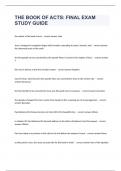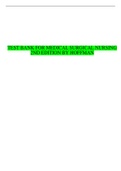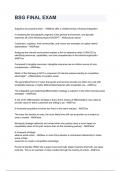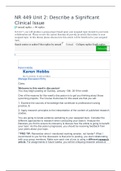Summary
Samenvatting literatuur hoorcollege 3 Leren Op School (LOS) UvA
- Module
- Institution
Samenvatting van de literatuur die we moeten lezen voor hoorcollege 3 van Leren Op School. Engelse literatuur is in het Engels samengevat, Nederlandse literatuur in het Nederlands. Literatuur: - How social contexts support and shape language development – Hoff (2006) - Taalontwikkeling en ta...
[Show more]
